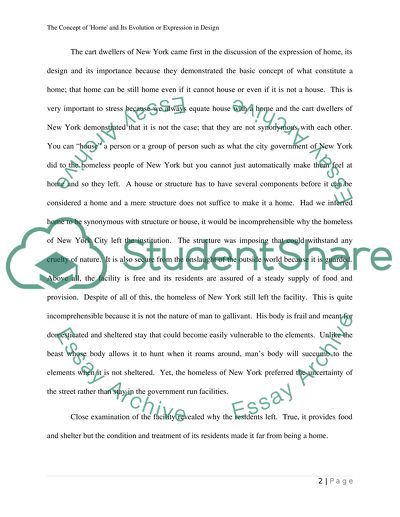Cite this document
(“Contemporary discourse in design Essay Example | Topics and Well Written Essays - 3000 words”, n.d.)
Retrieved from https://studentshare.org/journalism-communication/1398839-contemporary-discourse-in-design-final-research
Retrieved from https://studentshare.org/journalism-communication/1398839-contemporary-discourse-in-design-final-research
(Contemporary Discourse in Design Essay Example | Topics and Well Written Essays - 3000 Words)
https://studentshare.org/journalism-communication/1398839-contemporary-discourse-in-design-final-research.
https://studentshare.org/journalism-communication/1398839-contemporary-discourse-in-design-final-research.
“Contemporary Discourse in Design Essay Example | Topics and Well Written Essays - 3000 Words”, n.d. https://studentshare.org/journalism-communication/1398839-contemporary-discourse-in-design-final-research.


